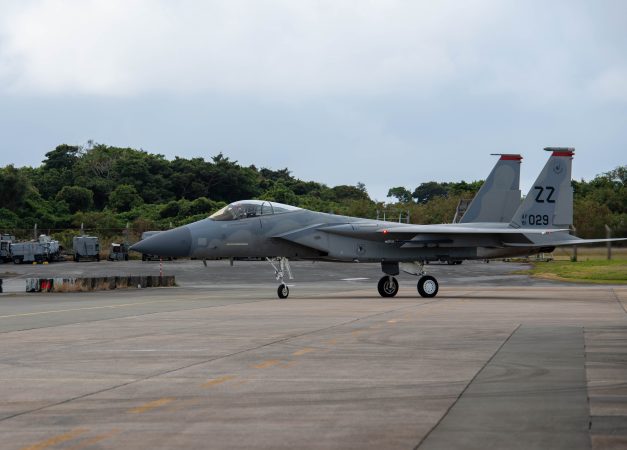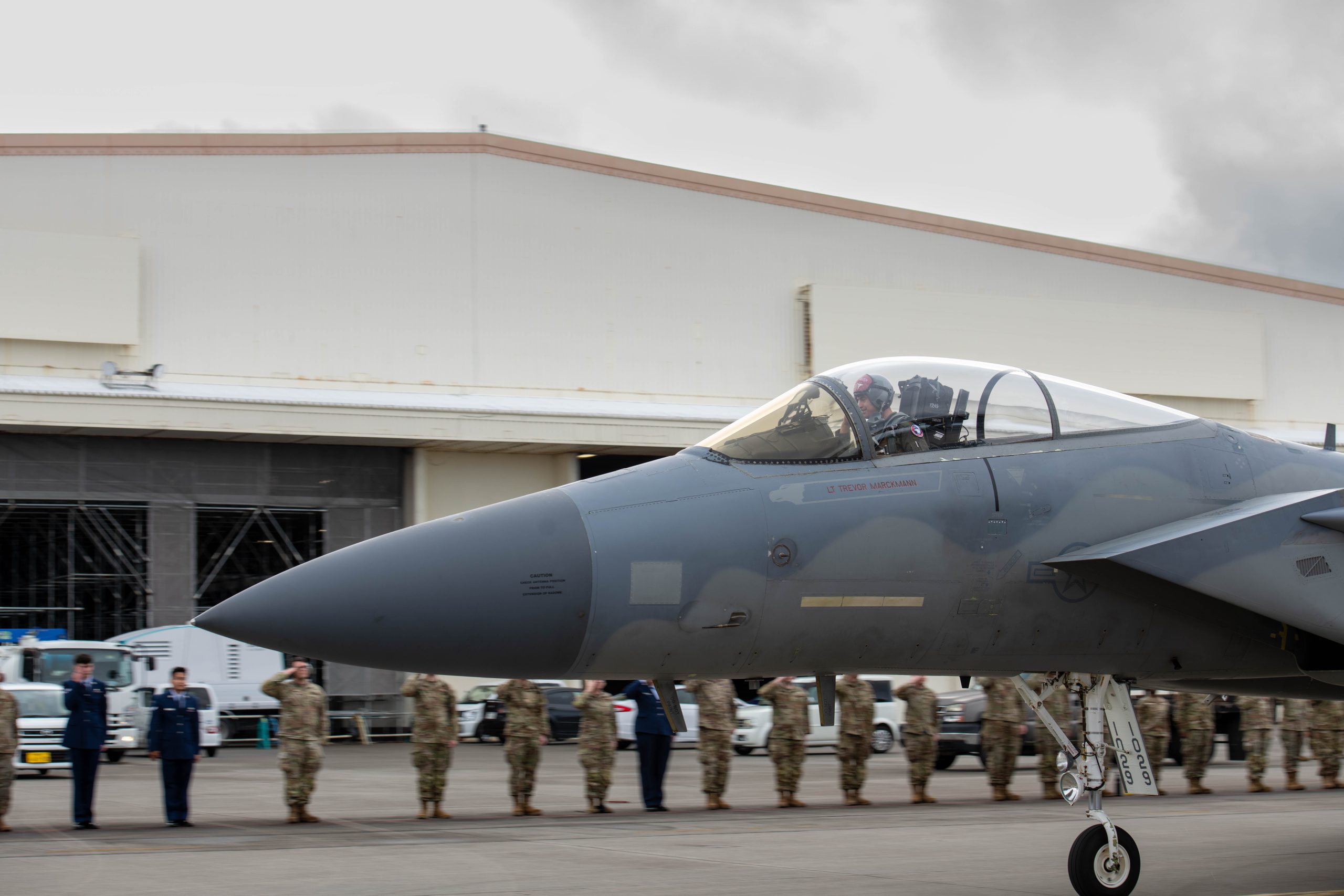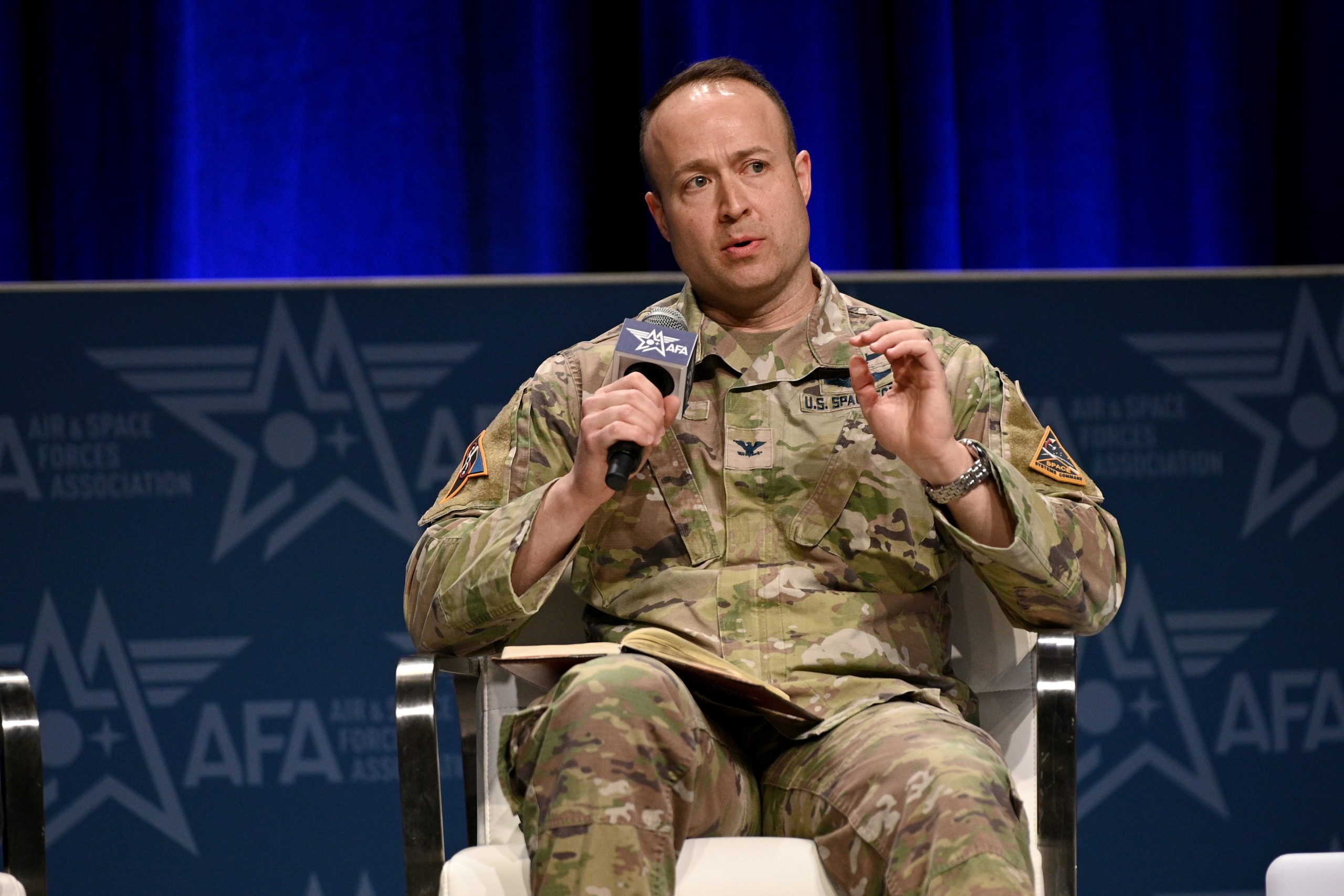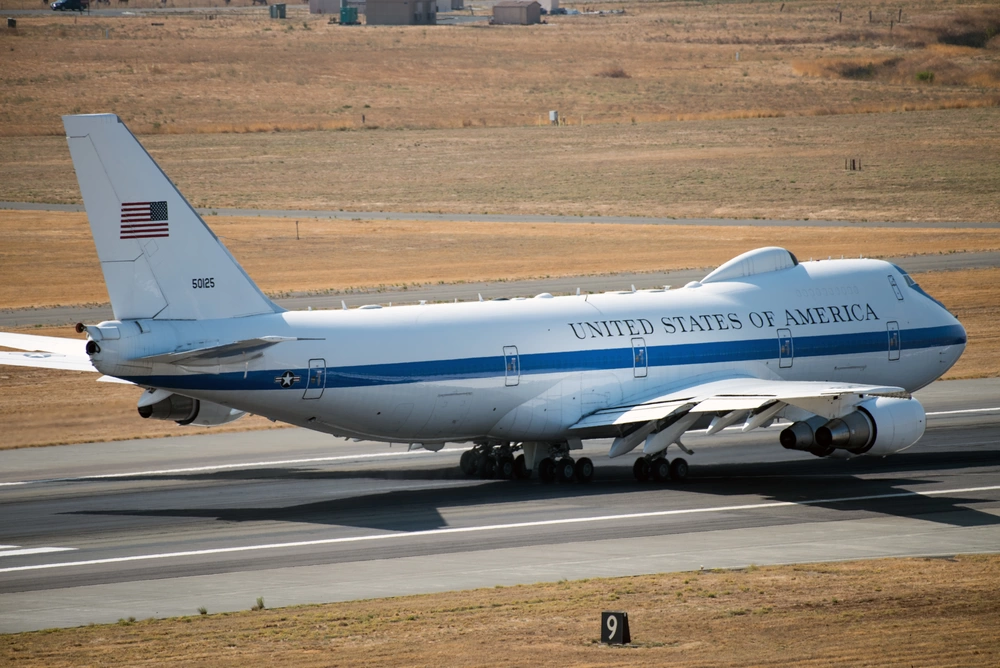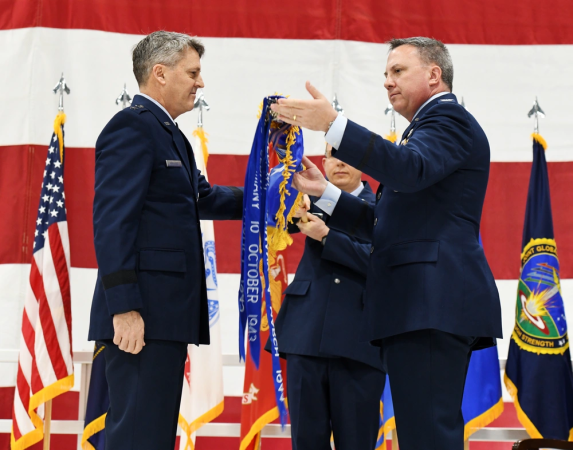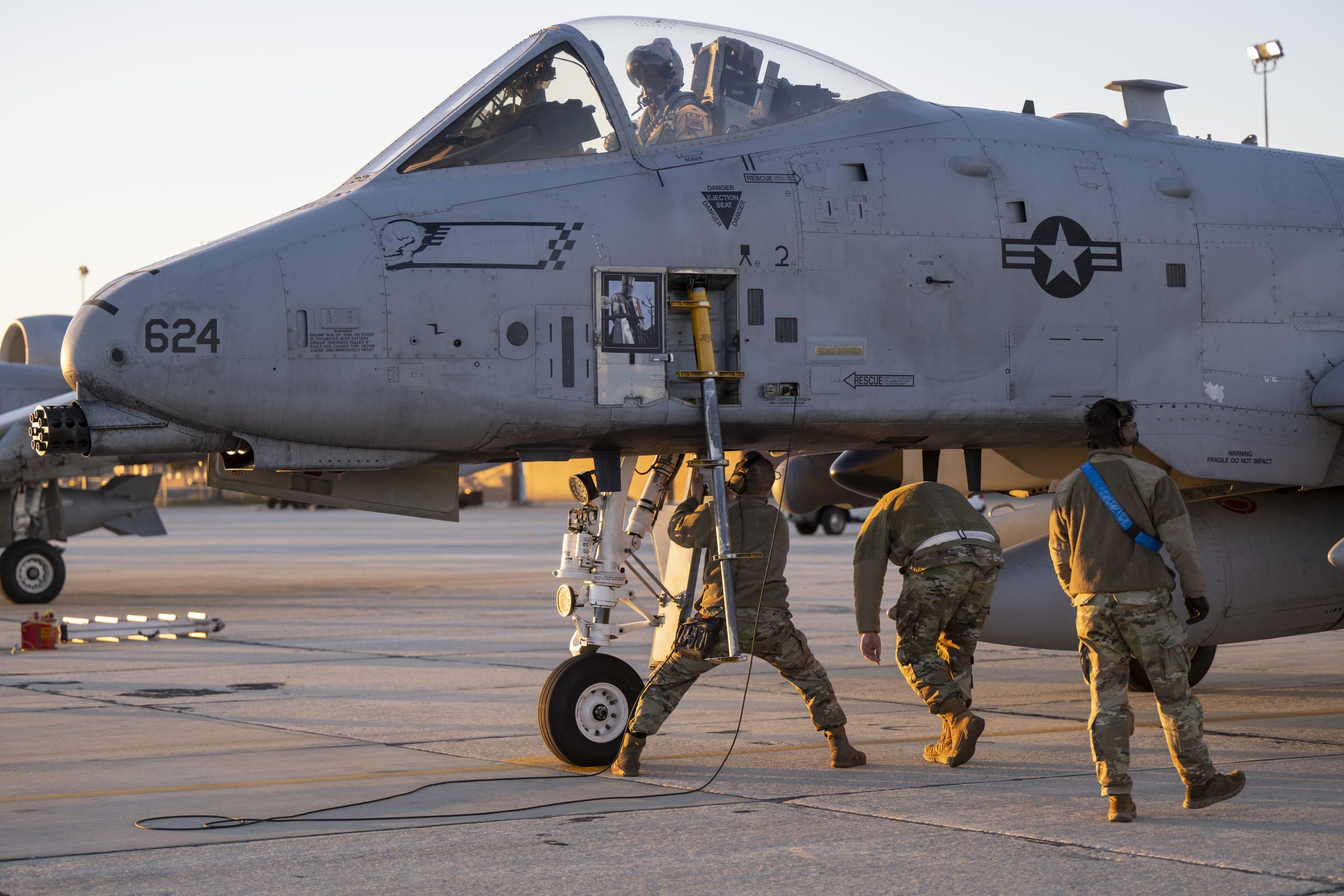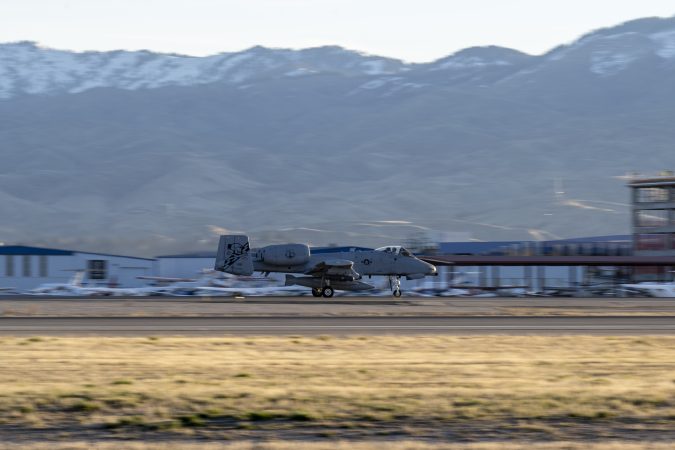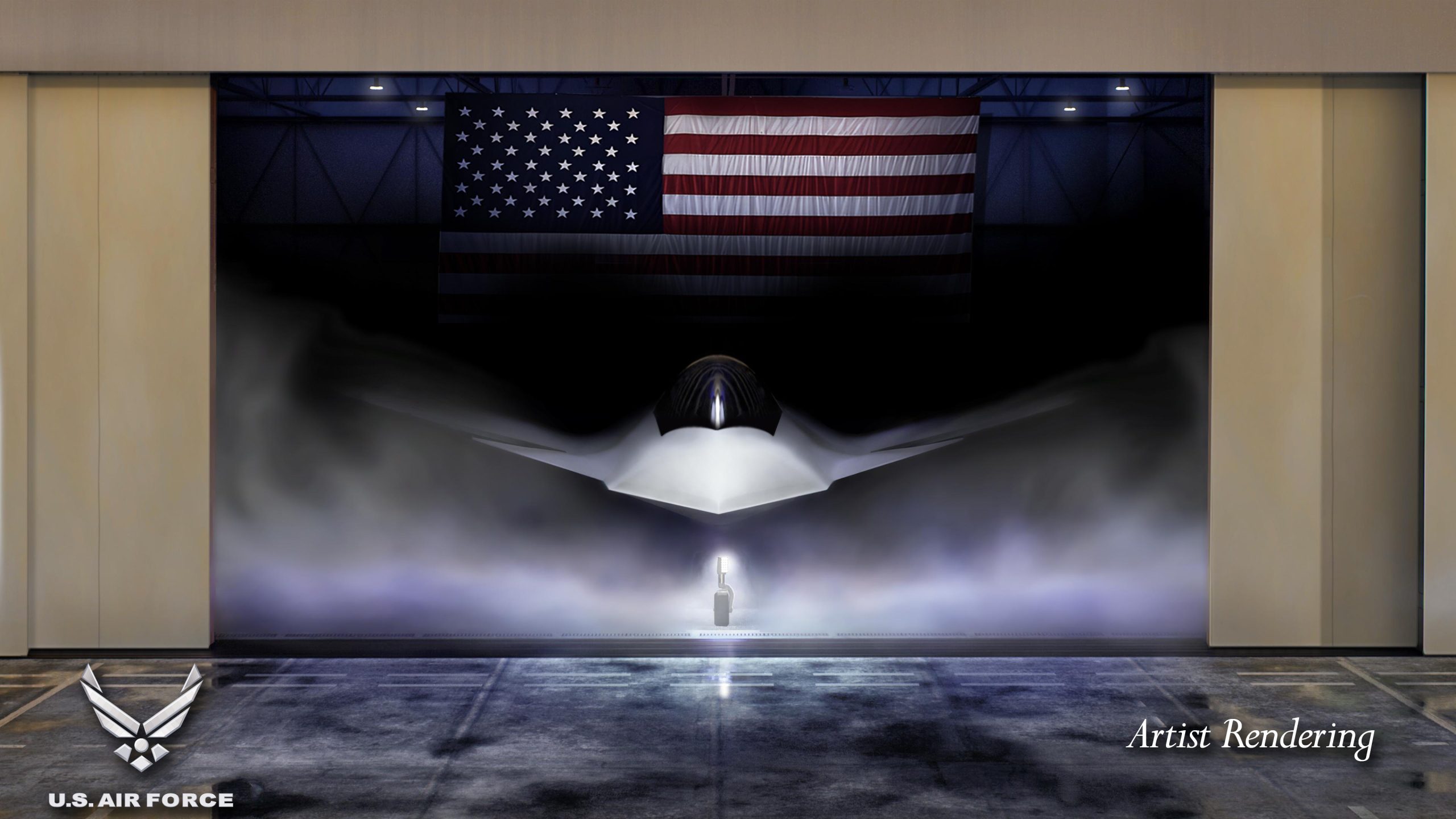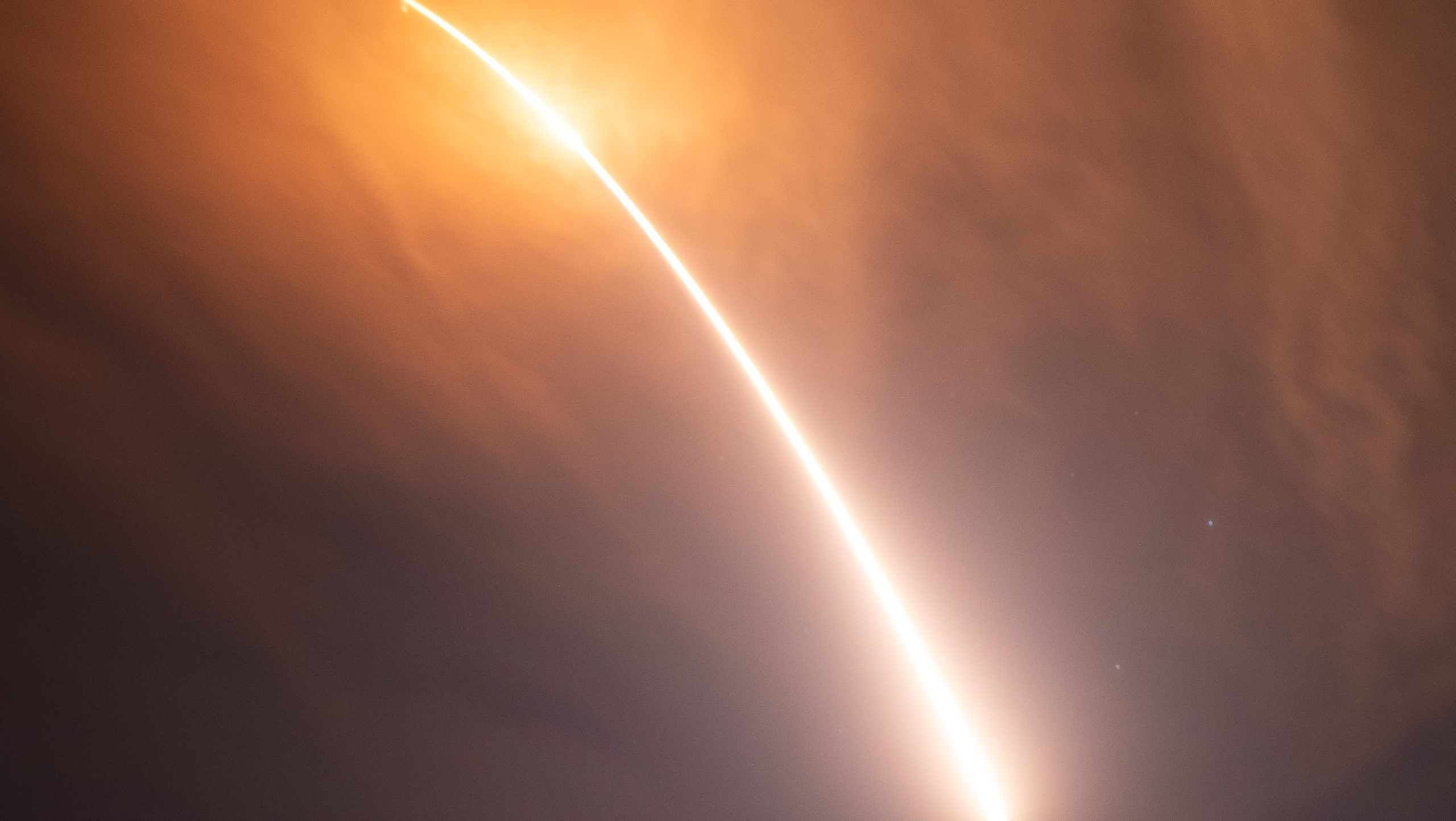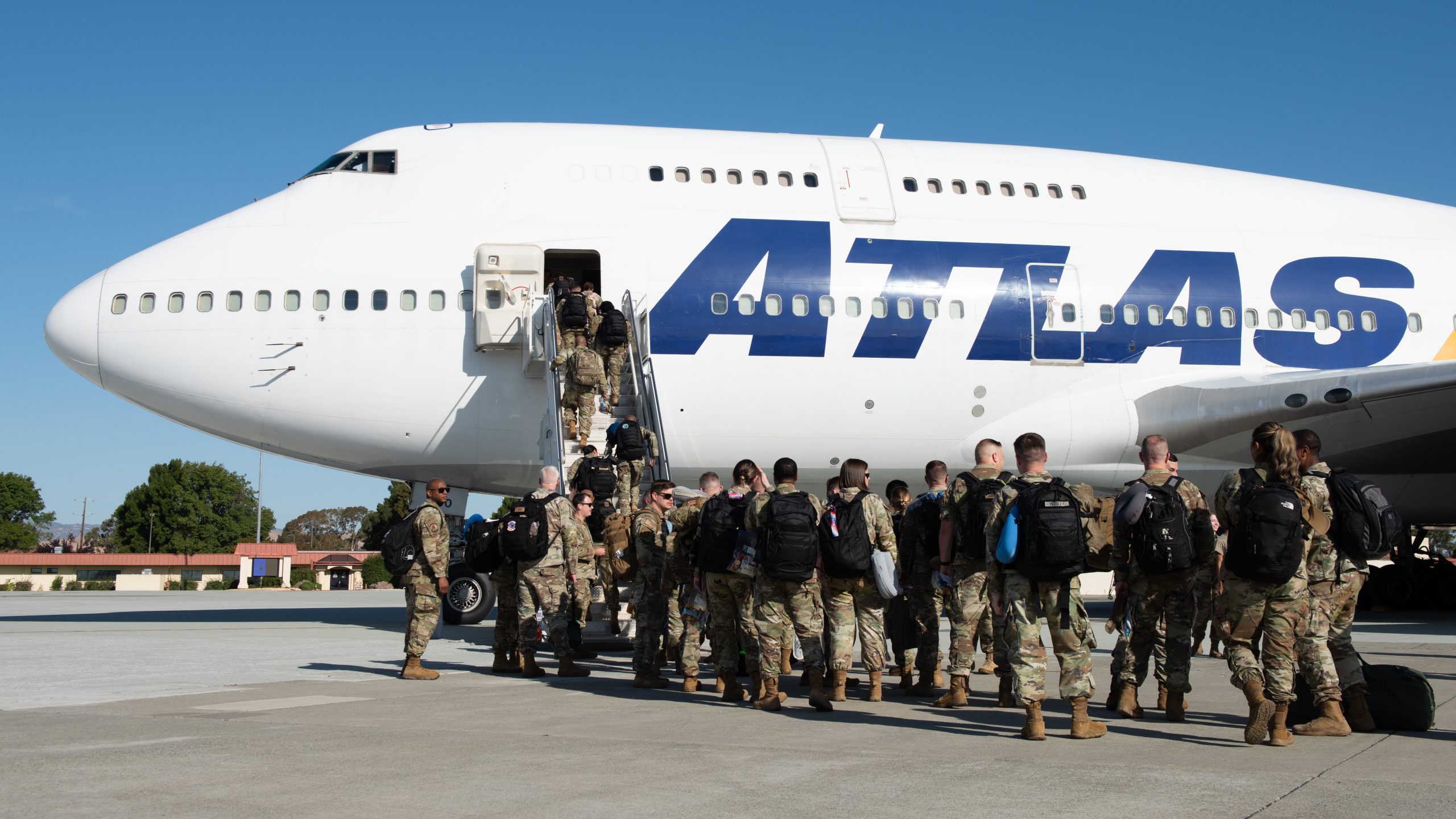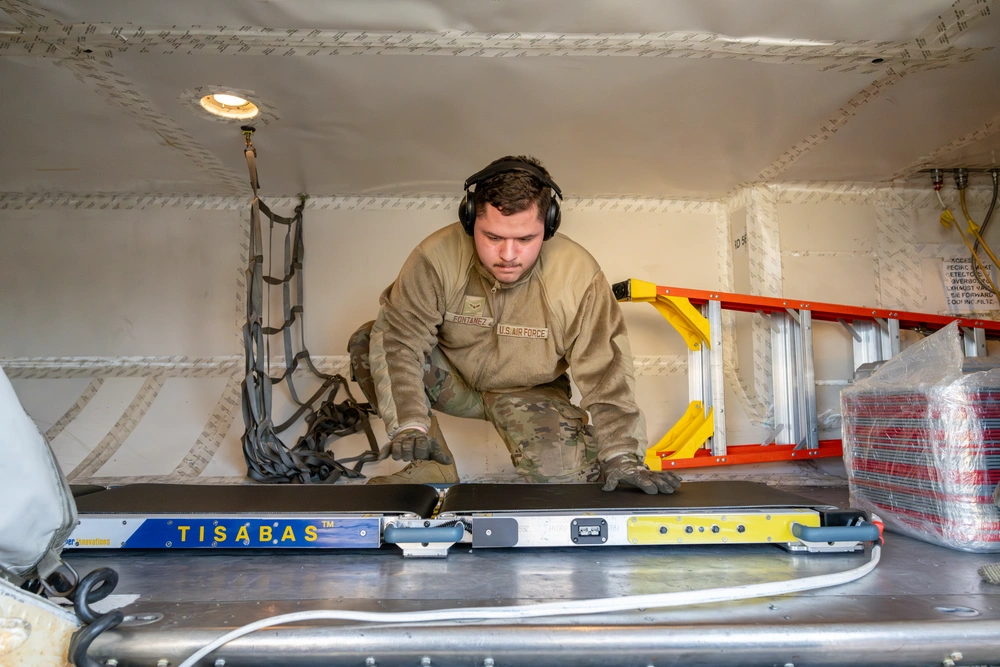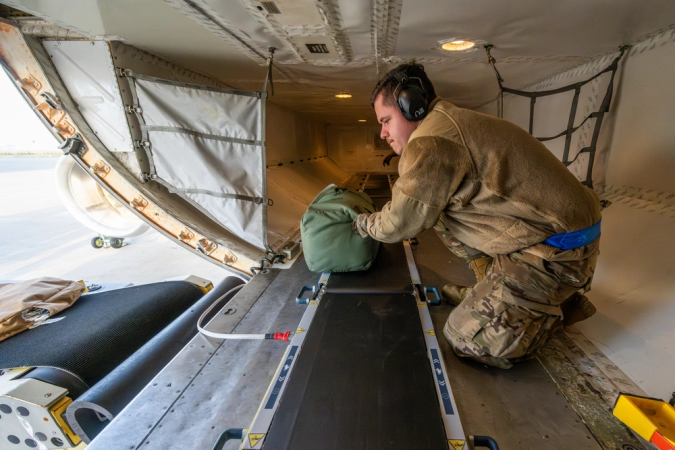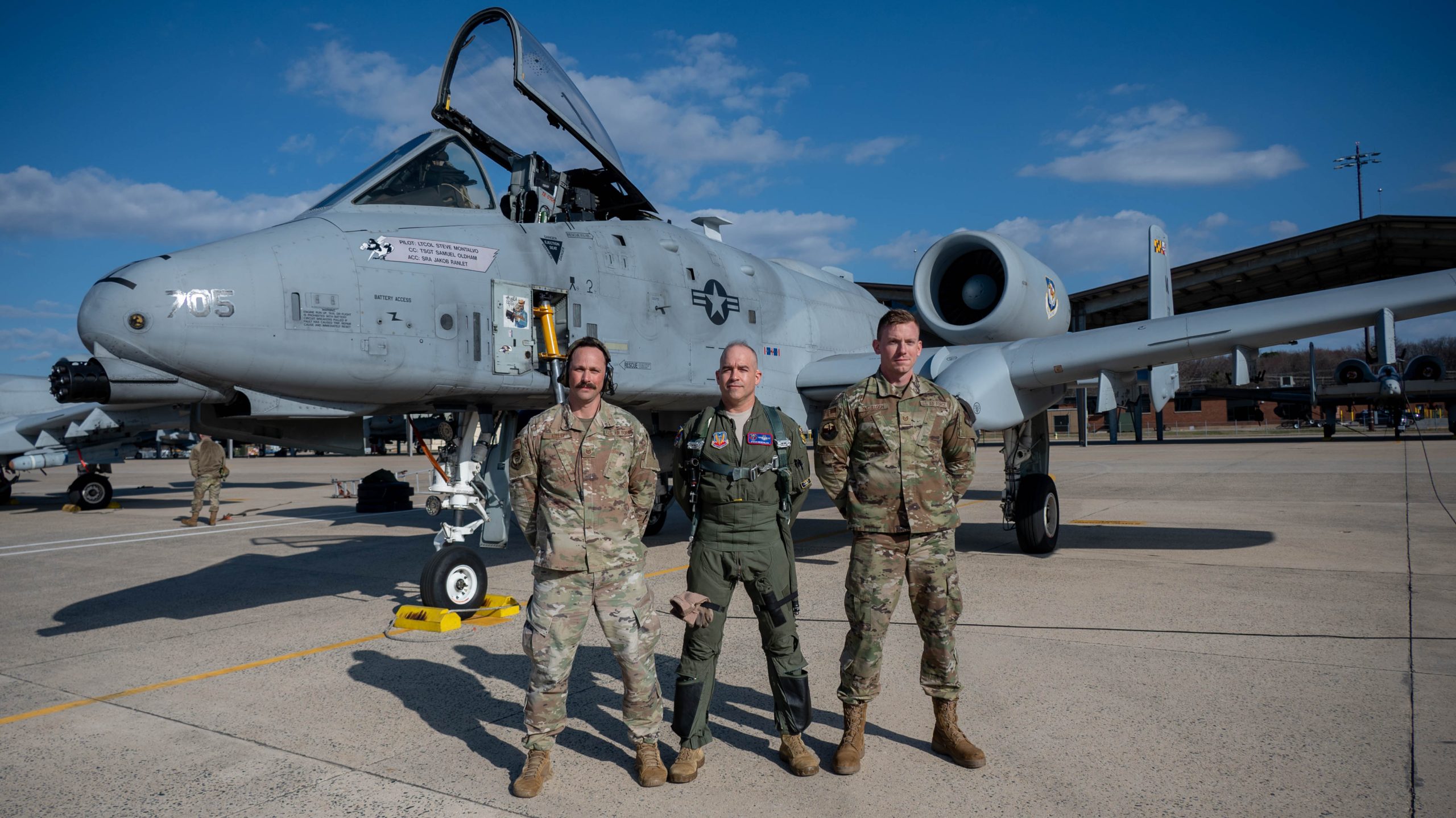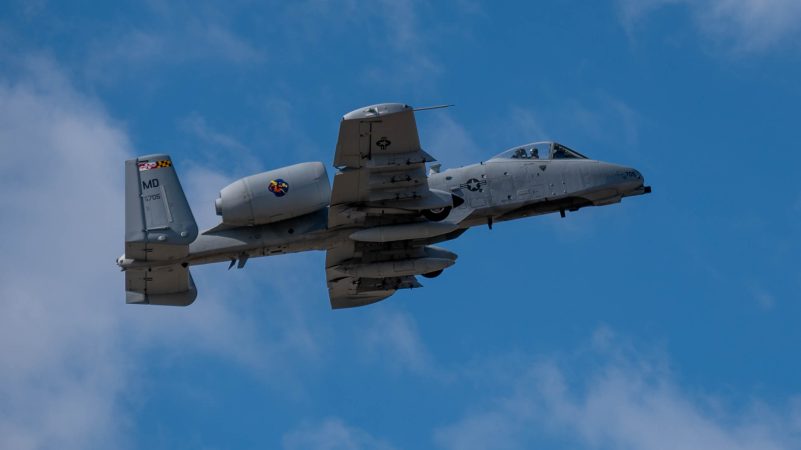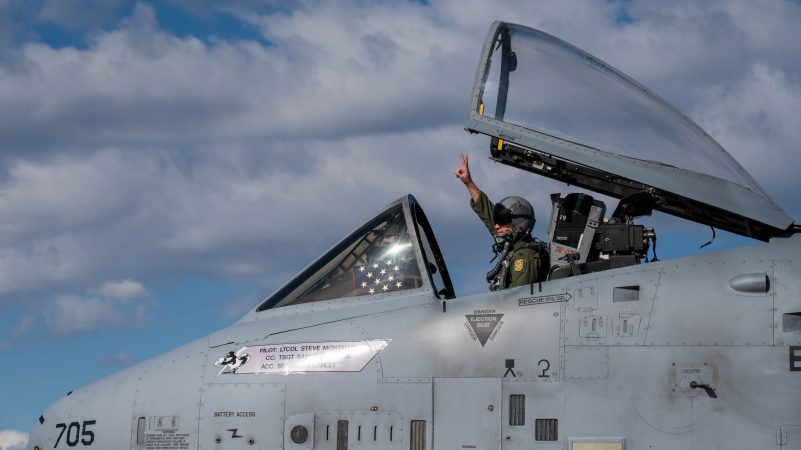The Air Force’s last Active-Duty F-15C made its final flight earlier this year, as Kadena Air Base in Japan continues its long goodbye to the iconic fighter after more than 45 years of operations.
The Eagle’s last sortie at Kadena took place Jan. 24, the base’s 18th Wing announced in a recent release. The aircraft is now being converted into a maintenance training aircraft.
The same day, Kadena activated the 67th Fighter Generation Squadron and deactivated the 18th Aircraft Maintenance Squadron. The Air Force has been moving from aircraft maintenance squadrons to fighter generation squadrons for several years now as part of an effort to have operators and maintainers work side-by-side. Maj. Eric Boehm, who had commanded the 18th AMS, assumed command of the 67th FGS
Kadena is also making the transition as it prepares to welcome a new fleet of F-15EX Eagle IIs. The Pentagon announced last summer that it would put 36 F-15EXs at the Okinawa base to replace its 48 F-15C and D fighters, and in a recent press conference with local media, 18th Wing commander Brig. Gen. Nicholas Evans said he expects the first F-15EX fighters to arrive between March and June 2026, per Stars and Stripes.
After more than four decades of service, Kadena began phasing out its F-15C/Ds in 2022 as the Air Force leaders said the Eagles had become increasingly limited as they outlived their intended service lives. By April 2023, the base was hosting a farewell ceremony with then-Pacific Air Forces commander Gen. Kenneth S. Wilsbach, followed by more milestone retirements.
At the same time, the 18th Wing has declined to identify how many F-15C/Ds were left at the base, citing operational security concerns. The March 26 release was the wing’s first acknowledgement that its entire F-15C fleet is now gone or grounded, though it made no mention of the wing’s two-seat F-15D models.
The 18th Wing did not immediately respond to queries from Air & Space Forces Magazine.
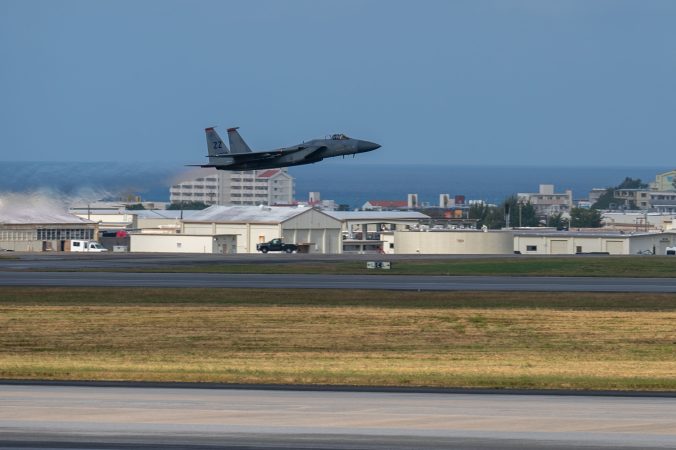
Throughout the divestment process, the Air Force has deployed rotations of fourth and fifth-generation fighters, including F-15Es, F-16s, F-35s, and F-22s, to supplement its posture at the strategic base, located just 400 miles from Taiwan.
Some of the fighters being retired went to the “Boneyard” at Davis-Monthan Air Force Base, Ariz., while others were sent to other Air Force units, according to the 18th Wing. Kadena also kept a few jets to train weapons loaders and maintainers.
Additionally, some of the 18th Wing’s Airmen went to Portland Air National Guard Base, Ore., early this year for 60 days of training on both the F-15 and the F-15EX. The training focused on adapting from “an air-to-air exclusive mission to a multirole mission,” to incorporate air-to-ground tactics and advanced weapon systems, the wing said in a release. Given the similarities between the Eagles and the Eagle II, squadrons should be able to switch from the F-15s to F-15EX aircraft with fairly minimal training.
Portland became the first installation to receive the operational F-15EX last year, marking the first time an Air National Guard has gotten a new-type fighter before the Active-Duty force.
The Air Force initially planned a fleet of 144 F-15EXs, but in the fiscal 2025 budget proposed limiting the fleet to just 98 aircraft. The House Armed Services Committee, in its version of the 2025 budget, directed the purchase of an additional 24 aircraft, for a total fleet of 122 Eagle IIs, but that budget never passed.
